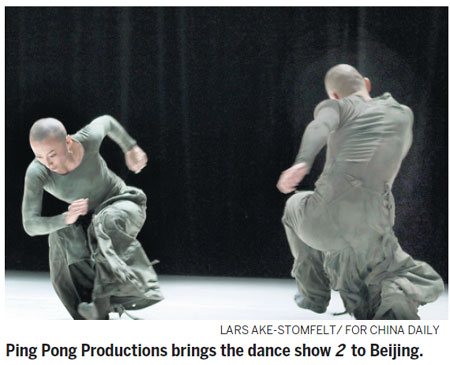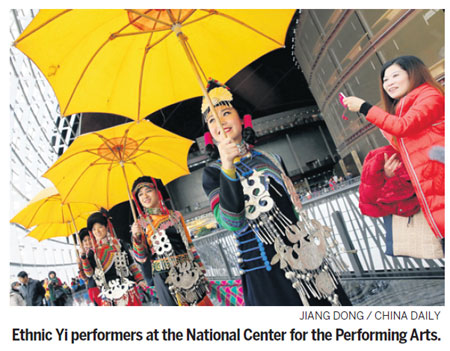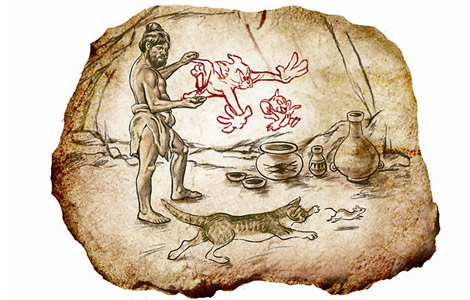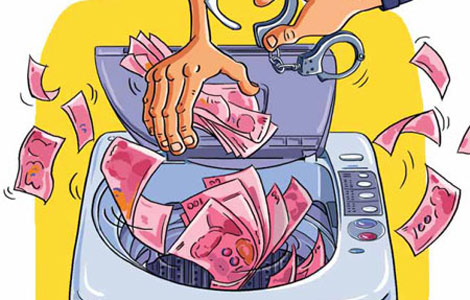Honey pot for arts
Updated: 2014-01-30 07:37
By Han Bingbin (China Daily)
|
|||||||||||
A new national foundation launched with money from the central government hopes to make more money available to more artists around the country - and perhaps inspire local foundations as well, Han Bingbin reports.
After three years of preparations, the China National Arts Foundation was founded at the end of 2013, with aims to expand both funding sources and access for artists. As the new entity begins to spread its wings, it's stimulating both excitement and concern in the industry. The foundation receives funding mainly from the central government and also accepts corporate and private donations. It is poised to offer financial support for the creation, promotion and collection of quality artwork, as well as education for young artists.
Observers welcome the creation of a potentially big purse for arts, but are watching to see how the purse strings are pulled. Many hope the new foundation will be as inviting to independent artists as it is to artists working within a government-based system.
A foundation council is acting as the decision maker, with a management center responsible for the administration and implementation of the foundation. An annually renewed expert committee, consisting of artists, and financial and managerial experts, reviews applications and selects the recipients and also offers consultation and supervision.
With China's fast economic growth comes a developing arts scene on both public and private levels. The number of China's art museums funded by the government, for example, is estimated to be at least 300, not to mention a growing number of privately owned ones. The country also has more than 10,000 privately run arts troupes that strive to profit from a variety of performance genres, such as traditional opera and leather-silhouette shows.
For arts organizations, money is always a big problem, says Li Zhixiang, director of the program department at the National Center for the Performing Arts. The NCPA, for example, is home to at least seven original stage shows and a dozen education programs each year. Both already need a larger investment than the current financial support they have from the Beijing municipal government.
Given the economic vitality, both Chinese society and governments have acted inadequately in terms of financial support for the cultural sector, Li says, so this move by the central government to play a leading role is welcome.
"Though our finance is relatively guaranteed (with government support), more investments would mean a better display of our ideas," Li says.
Lower-level arts organizations face an even more severe lack of money to create and promote their works, and their options to raise funds are limited, says Zha Mingzhe, deputy director of the National Theater of China, based on his work experiences with regional counterparts.
Chen Qiuping, director of the Fujian provincial department of culture, calls the foundation a long-awaited event by regional cultural officials.
During the foundation's inaugural meeting on Dec 30, Chen jokingly called himself "an early bird to catch the worm" as he unofficially submitted an application. His department is eager to launch Minnan (southern Fujian) and Chaozhou cultural centers in South Africa and the United States and a nationwide exhibition of the province's lacquer painting.
"The China National Arts Foundation may encourage regional governments to establish their own art foundations," Zha says.
In countries with a mature arts industry, such as the United States, financial assistance from both government and independent arts foundations has helped foster a diverse and innovative arts market.
The National Endowment for the Arts, an independent agency of the US government that receives funding from the Congress, supports new and established artists through grantmaking. Having invested as much as $4 billion to support excellence in the arts, the NEA has been a significant force behind dance troupes, opera houses and museums in the US since it was founded in 1965.
On the more local level, foundations, such as the New York Foundation for the Arts, an agency for the State of New York, support emerging artists from across the US - such as fellowship opportunities for the likes of film director Spike Lee.
There are also private foundations that cover broad swaths of the arts. Such charitable foundations include, for example, the Knight Foundation founded by John and James Knight.
"American artists are some of the most respected in the world, and they could not have refined their craft without time to focus and create rather than worry about paying the bills," says Alison Friedman, founder and director of Ping Pong Productions based in Beijing.
PPP produces international collaborations and works with young independent Chinese artists to find opportunities for performance and to develop their brand identities. No arts genre in any country except pop music survives solely on ticket sales, Friedman says.
"Art is not fast food. It is not a product. It results from a slow and deeply reflective process," she says. "I hope the China National Arts Foundation funds process, not just product. I hope it supports artists in their rehearsal process, without expectation of a product to show."
Xi Mu, deputy director of a Chinese arts-market research institute, tells a Chinese economic website that one of the biggest challenges is how to ensure impartiality since the foundation opens to an all-encompassing range.
To do that, he says, it's key to "make it big" by allowing money to come from a wide range of public sources. But it's equally important to simplify and open up the application procedures.
Specifically, the researcher says, the foundation should give equal treatment to applicants from inside and outside the governmental system, and those from academic circles and social organizations. There should be different criteria applying to different genres, he says, and that will be difficult to achieve at first.
"This will be a continuous and long process of practicing and improving," Xi says.
Eric Jou contributed to this story.
Contact the writer at hanbingbin@chinadaily.com.cn.
|
The National Center for the Performing Arts, illuminated with performances by worldacclaimed artists, bears witness to the country's fast-growing culture industry. Liu Hongan / for China Daily |



(China Daily 01/30/2014 page22)
Today's Top News
London goes all-out to ring in Lunar New Year
Chinese family infected with H7N9
HK imposes sanction on Philippines
More Chinese set to travel overseas
Experts call for detailed H7N9 rules
Huawei pledges more jobs in Europe
HK confirms H7N9 case, to cull 20,000 poultry
Chinese President to visit Paris to boost ties
Hot Topics
Lunar probe , China growth forecasts, Emission rules get tougher, China seen through 'colored lens', International board,
Editor's Picks

|

|

|

|

|

|






